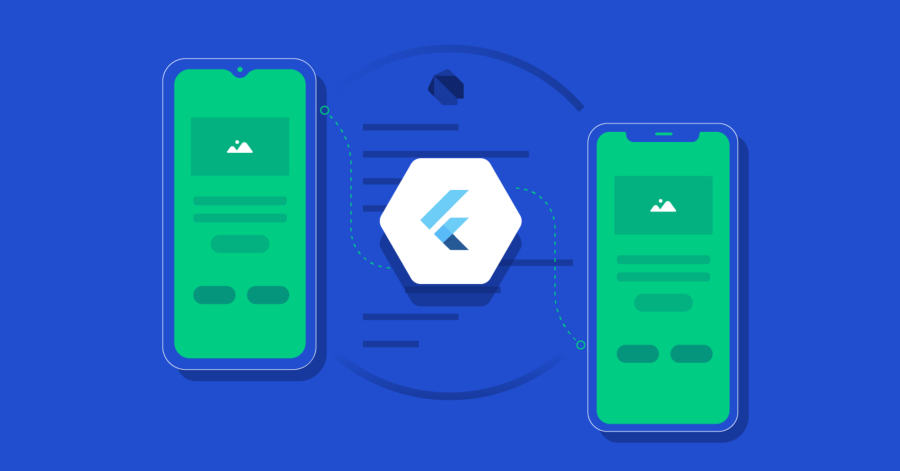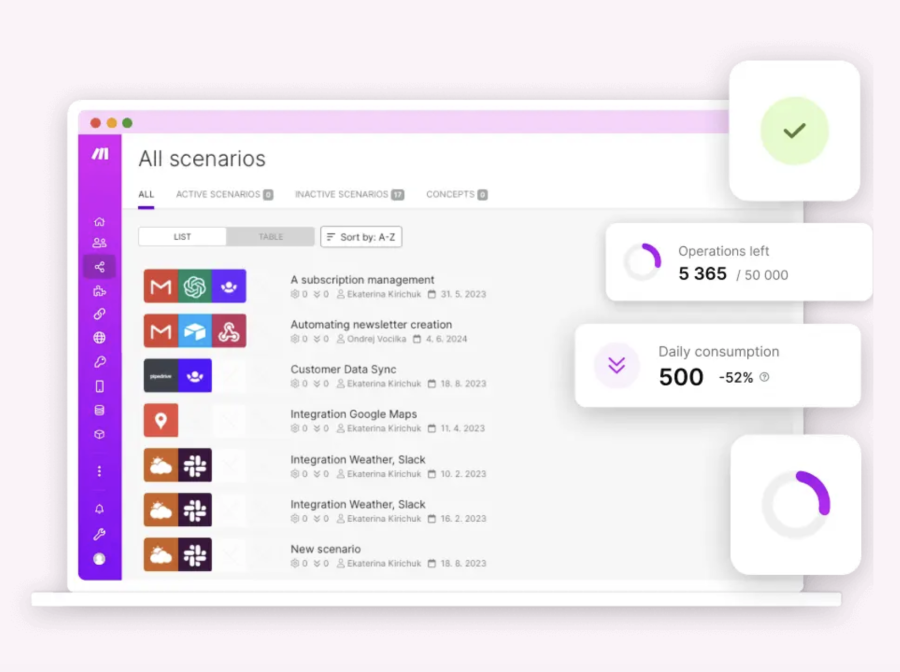Flutter: The Future of Cross-Platform Mobile App Development
Introduction
In the fast-paced world of mobile app development, developers are always on the lookout for tools that can make their work easier and more efficient. One of the most promising frameworks to emerge in recent years is Flutter, an open-source framework developed by Google for creating beautiful, high-performance mobile apps for both iOS and Android from a single codebase. Since its launch, Flutter has gained significant traction, making it a top choice for both startups and large companies looking to build cross-platform applications.
In this article, we’ll take an in-depth look at Flutter, explore its advantages, its growing ecosystem, and why it’s quickly becoming the go-to solution for developers in 2025.
What is Flutter?
Flutter is a UI toolkit developed by Google that allows developers to build natively compiled applications for mobile, web, and desktop from a single codebase. Flutter is built using Dart, a language also developed by Google, designed for client-side development. It provides a comprehensive set of pre-designed widgets, high-performance rendering, and development tools to help developers build visually stunning apps.
Flutter’s main selling point is its cross-platform development capabilities. With a single codebase, developers can create apps that run seamlessly on both iOS and Android platforms, saving time, effort, and resources. Unlike other cross-platform frameworks that rely on WebViews or native components, Flutter uses its own rendering engine, providing more flexibility and customization for app development.
Why Flutter is So Popular?
There are several key reasons why Flutter has become such a popular framework for mobile app development:
1. Fast Development with Hot Reload
One of the standout features of Flutter is Hot Reload, a tool that allows developers to instantly see changes made in the code in real-time without restarting the entire app. This significantly speeds up the development process and allows for a more iterative and flexible workflow. With Hot Reload, developers can experiment with the UI and functionality, troubleshoot quickly, and fine-tune their apps more efficiently.
2. Beautiful and Customizable UI
Flutter allows developers to create visually stunning apps with rich, customizable UIs. It comes with a wide range of pre-built widgets, both for Material Design (Android) and Cupertino (iOS), which can be easily customized to match the brand’s look and feel. This means that you don’t have to sacrifice design for performance – Flutter allows you to have both.
3. Single Codebase for Multiple Platforms
One of the biggest advantages of using Flutter is that developers only need to write a single codebase to target multiple platforms. This means that Flutter apps run on iOS, Android, and even web and desktop with minimal changes to the code. This drastically reduces development time and costs and ensures consistency across platforms.
4. High Performance with Native-Like Experience
Flutter apps offer performance close to native applications. While other frameworks rely on a bridge to communicate between the code and the device’s native components, Flutter uses its own high-performance rendering engine called Skia. This results in smoother animations and quicker load times, ensuring a fluid, native-like experience on both iOS and Android.
5. Growing Ecosystem and Community Support
Since its launch, Flutter’s ecosystem has grown exponentially. The framework is supported by a strong and active community of developers, contributors, and companies who constantly push for improvements and the development of useful libraries and plugins. The official Flutter repository, as well as other community-driven resources, provides tons of documentation, tutorials, and support for new developers.
What You Can Build with Flutter
Flutter is incredibly versatile and can be used to build a wide range of applications, including:
1. Mobile Apps (iOS & Android)
Flutter was initially designed for mobile app development, and it excels in this domain. Whether you’re building a startup app, a social media platform, or a business application, Flutter offers all the tools needed to create high-quality apps.
2. Web Applications
Flutter’s reach doesn’t stop at mobile apps. With the release of Flutter for Web, developers can now build responsive and fast web apps using the same codebase. This means you can build cross-platform apps that work seamlessly on mobile, web, and desktop platforms, all while maintaining the same high-performance quality.
3. Desktop Apps
In addition to mobile and web, Flutter Desktop allows developers to create applications for Windows, macOS, and Linux. While the desktop version is still in an experimental phase, it’s gaining traction among developers who want to extend their Flutter apps to other platforms.
4. Embedded Devices
Flutter has also made strides in the world of embedded systems. Developers can now use Flutter to build apps for IoT devices and smart TVs, opening up new possibilities for Flutter’s use case.
The Future of Flutter
Flutter’s rapid adoption and ongoing updates show that it has a bright future in the world of app development. Google has shown a strong commitment to its growth, continually improving performance, adding new features, and expanding its reach to new platforms. The Flutter team has been working on improving support for desktop apps and web applications, making it a comprehensive solution for modern developers.
Moreover, Flutter 3.0 (expected in 2025) promises exciting updates, including better integration with cloud services, improved tooling for state management, and enhanced support for mobile-first web experiences. The community’s continuous contributions and innovations will likely fuel its evolution, making it an even more indispensable tool for developers across the globe.
Why Choose Flutter for Your Next App Development Project?
If you’re looking to build a high-performance mobile app or cross-platform application, Flutter is a framework you should consider. It offers speed, flexibility, and the ability to target multiple platforms from a single codebase. Flutter is great for startups, enterprise-level companies, and developers who want to build beautiful, scalable, and performant apps without compromise.
Whether you’re working on a business app, an e-commerce platform, or even a gaming application, Flutter provides the tools and capabilities to bring your ideas to life. By embracing Flutter, you’re tapping into a modern development framework that is built for the future of mobile and web development.
Conclusion
As we move forward into 2025, Flutter will continue to make waves in the app development industry. Its unique combination of fast development cycles, beautiful UI design, and cross-platform capabilities makes it the ideal choice for building mobile apps that stand out. With its growing ecosystem, vast community, and constant improvements, Flutter is clearly a framework to watch.
Are you ready to get started with Flutter and build your next big project? The future of app development is in your hands, and Flutter is the perfect tool to take your ideas to the next level.















